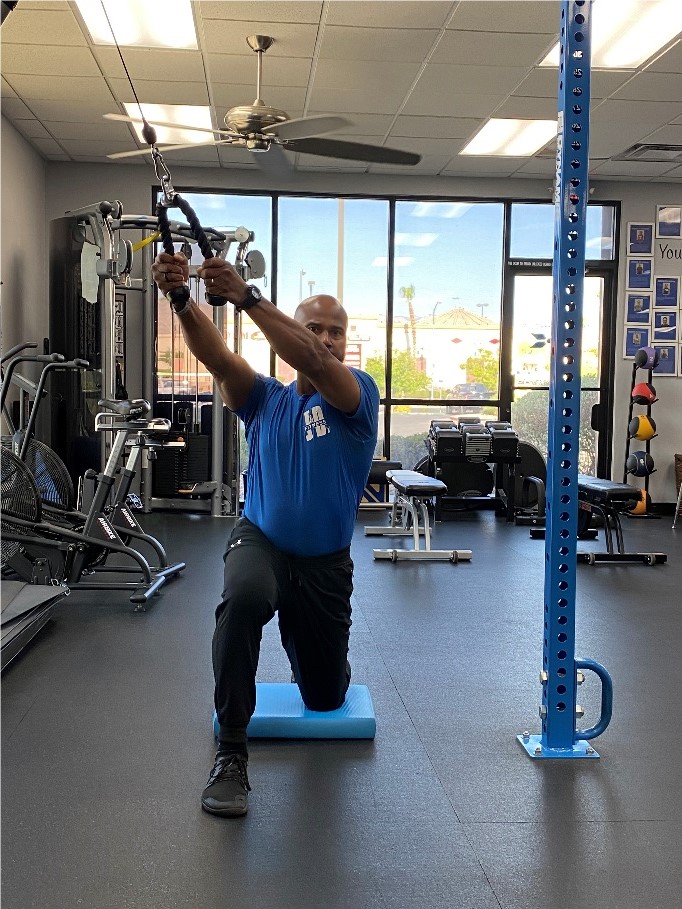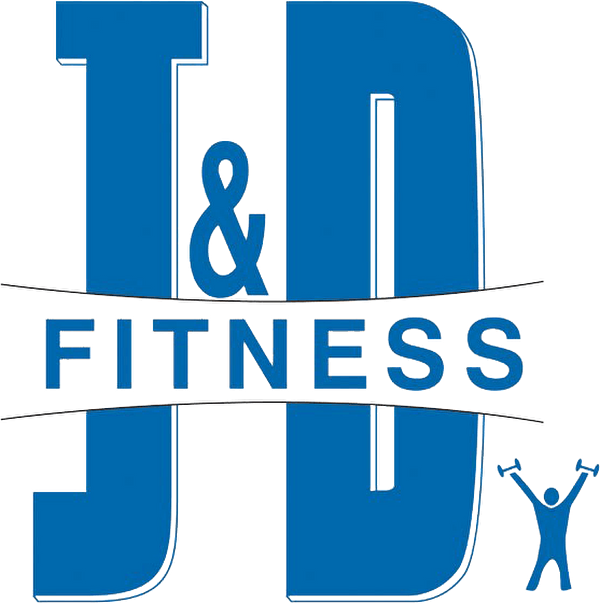In 1859 Charles Darwin published his theory of evolution in his book, On the Origins of Species. Darwin, an English biologist and geologist, proposed that all species of life have evolved from a common ancestry is now generally accepted as a fundamental scientific concept. Over the last forty years, in exercise science, we have learned and proven how to get stronger, how to move better, and how to change our body mass composition. These protocols have been scientifically proven to work, and they work so well that we can fall into the trap of stopping them.

(Charles Darwin circa 1874)
When I was in high school and just starting to get intrigued about getting stronger and building muscle, I was astonished to see the difference in the physique of someone who just got out of jail. Stay with me. I grew up in a middle class town, and in my early years before gyms were on every corner, I lifted weights at a local recreational center. This is the late 1980’s and weightlifting was still considered a cult, purely for bodybuilding. Every once in a while, you would see a new face in the gym, and word would get out that our new “iron head” just came home. These guys were always thickly muscled. I don’t think it was their science based nutritional program. I remember hearing stories of guys living off cereal. Cold plunge baths and sauna were also absent from their daily regimes, so it wasn’t their recovery system. What I learned is that these guys performed basic exercises (pull-ups, push-ups, lunges, and squats) with basic equipment (bodyweight, dumbbells, barbells) consistently. The understated key word in that statement is consistently. It was commonplace for a guy to lose his privilege to lift weights if he was being disciplined for his actions. Yes, if he got in trouble in jail he couldn’t exercise.
I recently was reviewing a few ideas and concepts from a textbook I have, Proprioceptive Neuromuscular Facilitation (PNF), by Dorothy Voss, Marjories Ionta, and Beverly Myers. I have the third edition published in 1985, but the original book was published in 1956. The book is a staple in physical therapy schools and it explains how the body works in a symphony of muscles contracting and relaxing in specific sequences. These sequences work in diagonal patterns throughout our bodies. One of the first patterns is developed in babies approximately in their third month, when they learn how to roll over from their back to their stomach. In those first two years of life there are multiple patterns developed, with the finale being your gait, or your ability to walk. I was once told by my friend, Eric Konz, who sells equipment to gyms, that he always starts with treadmills in his proposal. They are the easiest to sell, “everyone knows how to walk”. In an interview recently with Tim Ferriss, the Godmother of physical therapy, Sara Sahrmann, stated “everyone can walk, but many people don’t walk well”. Walking uses a repetitious sequence of limb motions to simultaneously move the body forward while also maintaining stance stability. There’s a dance within your body between your two lower limbs, your trunk, and your arms. Just think about it this way, if you have ever taken a cross-country flight and sat the whole time without getting up for the rest room, think of that initial feeling you have once you stand. Man was not made to sit in a middle seat for six hours without moving.
I’m a big fan of chops and lifts when I work with someone. If you have ever trained at the studio you are familiar with them. They won’t tone your arms or give you a six pack but they do reset your body, which then allows you to perform those drills that will provide those benefits.


I also know that to build strength, and who doesn’t want to be strong, you need to first move well. Strength is a skill and an adaptation from a muscle being overloaded. The central nervous system responds by working with the muscular system to improve the force in the pattern you overloaded. This process has been proven and is referenced as the Specific Adaptation to Imposed Demand (SAID). Simply put, I squat holding a 16kg kettlebell for 10-12 repetitions. Over time, if I’m consistent (there’s that word again), I will be able to squat using a 20kg kettlebell for repetitions.
We’ve also learned that if we manipulate the hear rate intensity during exercise, you can increase the caloric burn along with improve one’s body’s ability to metabolize calories. This must be partnered with proper nutrition. Over feeding will lead to an increase in body fat. You can’t consume more calories than you burn daily. Going back to our buddy Darwin, man and woman were not built to have Amazon deliver packages to their door.
In this ever-changing world we live in, where things change monthly, weekly and sometimes daily, we need to understand that exercise doesn’t have to evolve at the same pace. We’ve learned why things respond the way they do, but we don’t need to always look to change, when there are strategies that have been proven to work if we are consistent. This is when having a coach can help even the most disciplined person from becoming Dug the talking dog from the Pixar-Disney movie, “Up”, Squirrel!!

I’ll see you at the studio.
